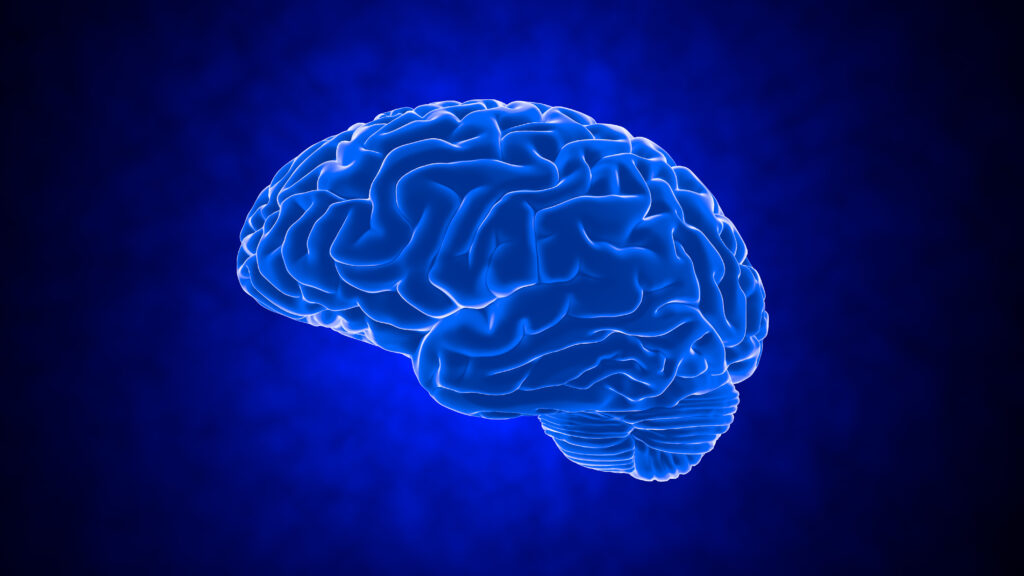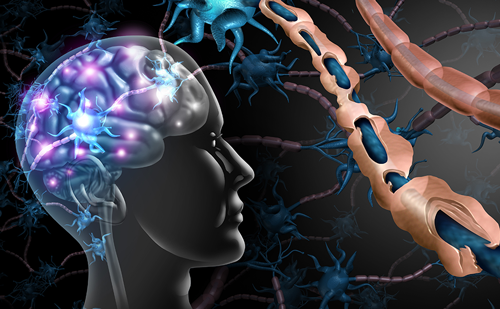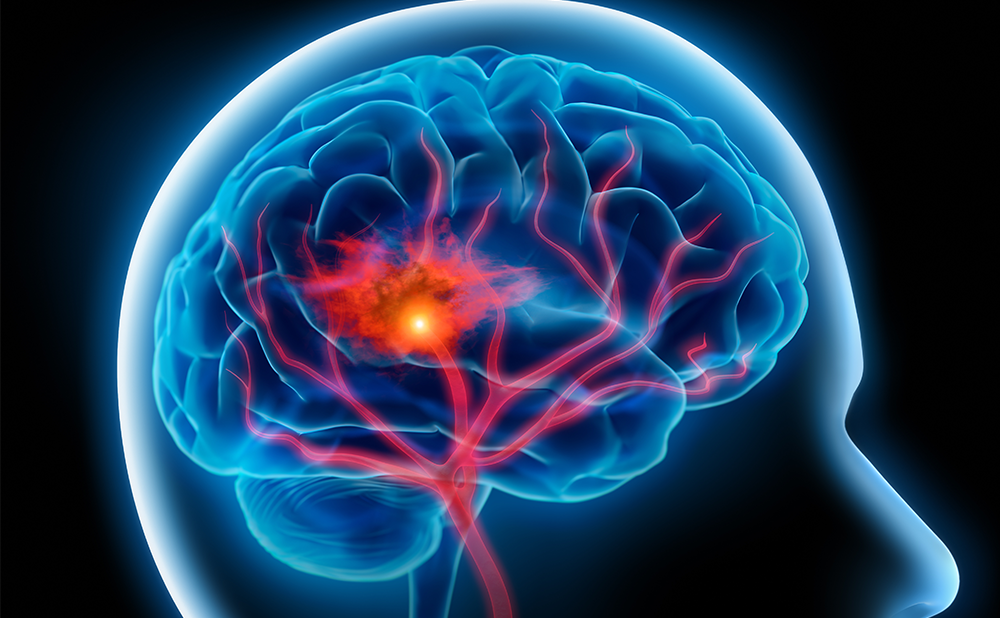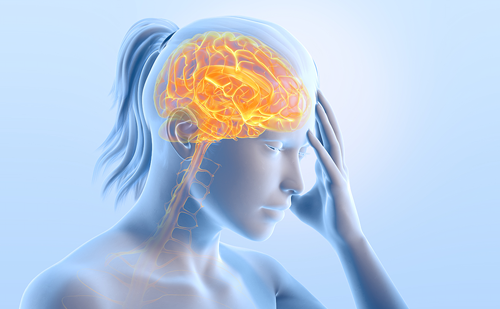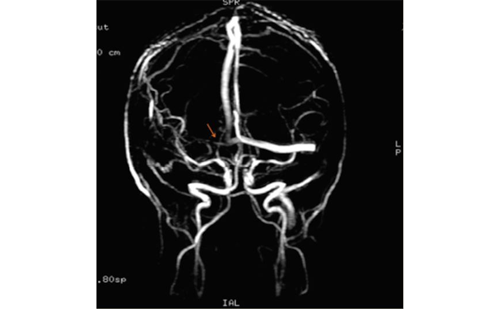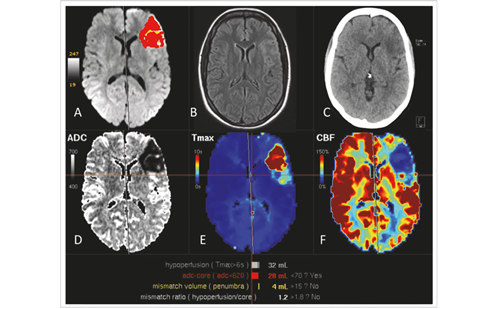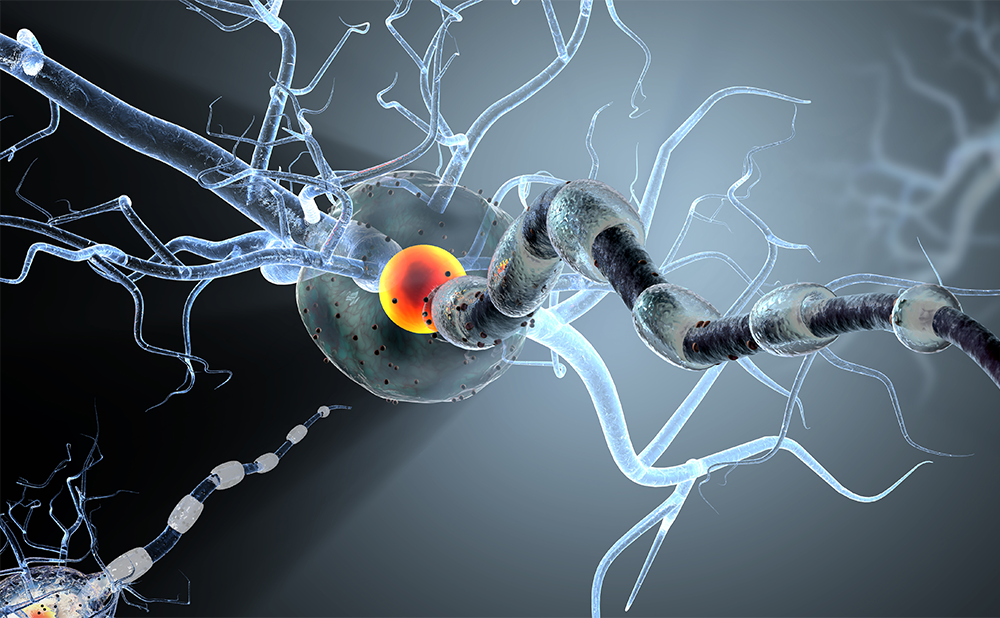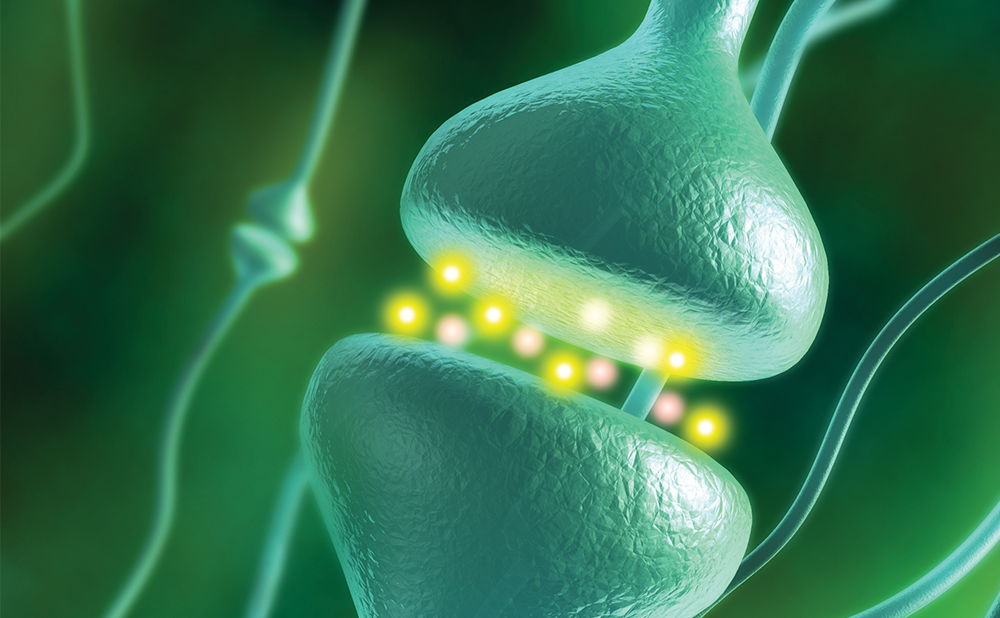As President of Stroke Alliance for Europe, my focus is naturally on stroke. According to the World Health Organization, stroke kills more than 5 million people a year worldwide and disables an additional 5–6 million people a year. Research into acute stroke treatment and rehabilitation is progressing, but there is still a long way to go before we meet the 2006 Helsingborg declaration on stroke. In this declaration, the goals for 2015 are as follows:
Organisation of Stroke Services
As President of Stroke Alliance for Europe, my focus is naturally on stroke. According to the World Health Organization, stroke kills more than 5 million people a year worldwide and disables an additional 5–6 million people a year. Research into acute stroke treatment and rehabilitation is progressing, but there is still a long way to go before we meet the 2006 Helsingborg declaration on stroke. In this declaration, the goals for 2015 are as follows:
Organisation of Stroke Services
• All patients in Europe with stroke will have access to a continuum of care, from organised stroke units in the acute phase to appropriate rehabilitation and secondary prevention measures.
Management of Acute Stroke
• More than 85% of stroke patients should survive the first month after stroke.
• More than 70% of survivors should be independent in their activities of daily living at three months after the onset of stroke.
• All patients with acute stroke who are potentially eligible for acute specific treatment should be transferred to hospitals with the technical capabilities and expertise to administer such treatments.
Prevention
• The mortality of stroke should be reduced by at least 20% from the 2005 level.
• All countries should aim at reducing major determinants of stroke in their populations, most importantly hypertension and smoking.
• All patients who have suffered a transient ischaemic attack or stroke should receive appropriate secondary preventative measures.
Evaluation of Stroke Outcome and Quality Assessment
• All EU Member States should establish a system for routine collection of the data needed to evaluate the quality of stroke management, including patient safety issues.
If we are to meet these goals, health policy makers and researchers must start working towards them today. ■


